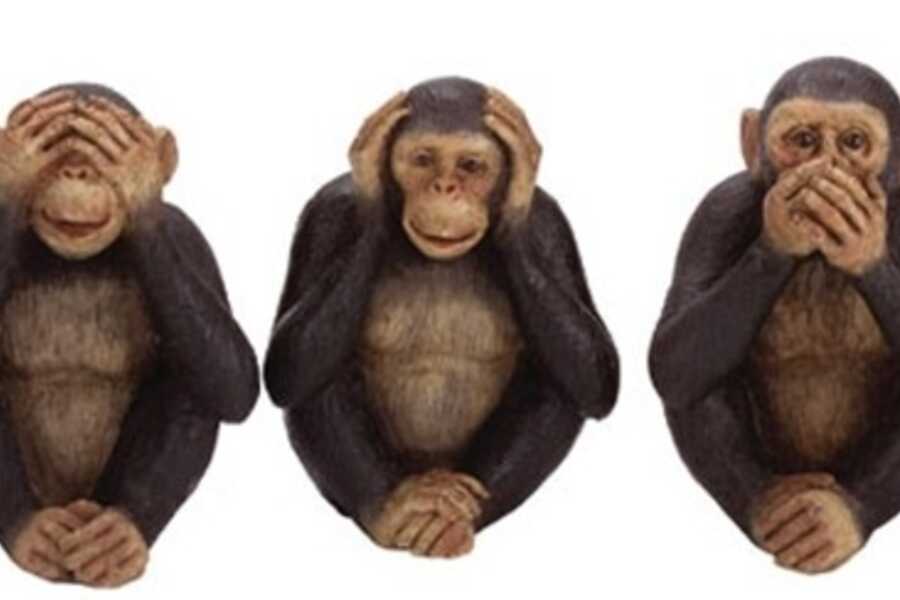There is a growing amount of evidence that a lot of our designs and inventions can be found back in nature. From the intricate workings of the central nervous system, to molds who can accurately model the most optimum way to interconnect for efficient transport of nutrients. It's amazing to realise over and over again that whilst we think we have the intellectual upper hand, nature already had solved some problems ages ago...
So why not turn it around and first look into nature, look for how nature solved the problem and then try to use this knowledge when designing new things. This way of thinking is exactly the core concept of Biomimicry. If one starts to look for how nature solved some fundamental problems, there is a wealth of information that can be found!
But as you dig deeper into the inner workings of nature, you start to realise that it's not just about copying or implenting the ideas from the R&D section of nature like a corporate spy, but that there is an inherent beauty in the concepts which nature uses in order to thrive and develop in something truly self-sustainable.
We will sooner or later face the fact that our resources are not some magical golden pot that replenishes itself at the end of the rainbow. We have to start realising that our actions always invoke counteractions, and that if we want us humans to be able to continue our growth, we should listen very carefully to what nature can teach us about sustainability.
The person who starts opening up for the teachings that "life" can bring us will see not only the clever solutions, but also the great elegance in these designs!


